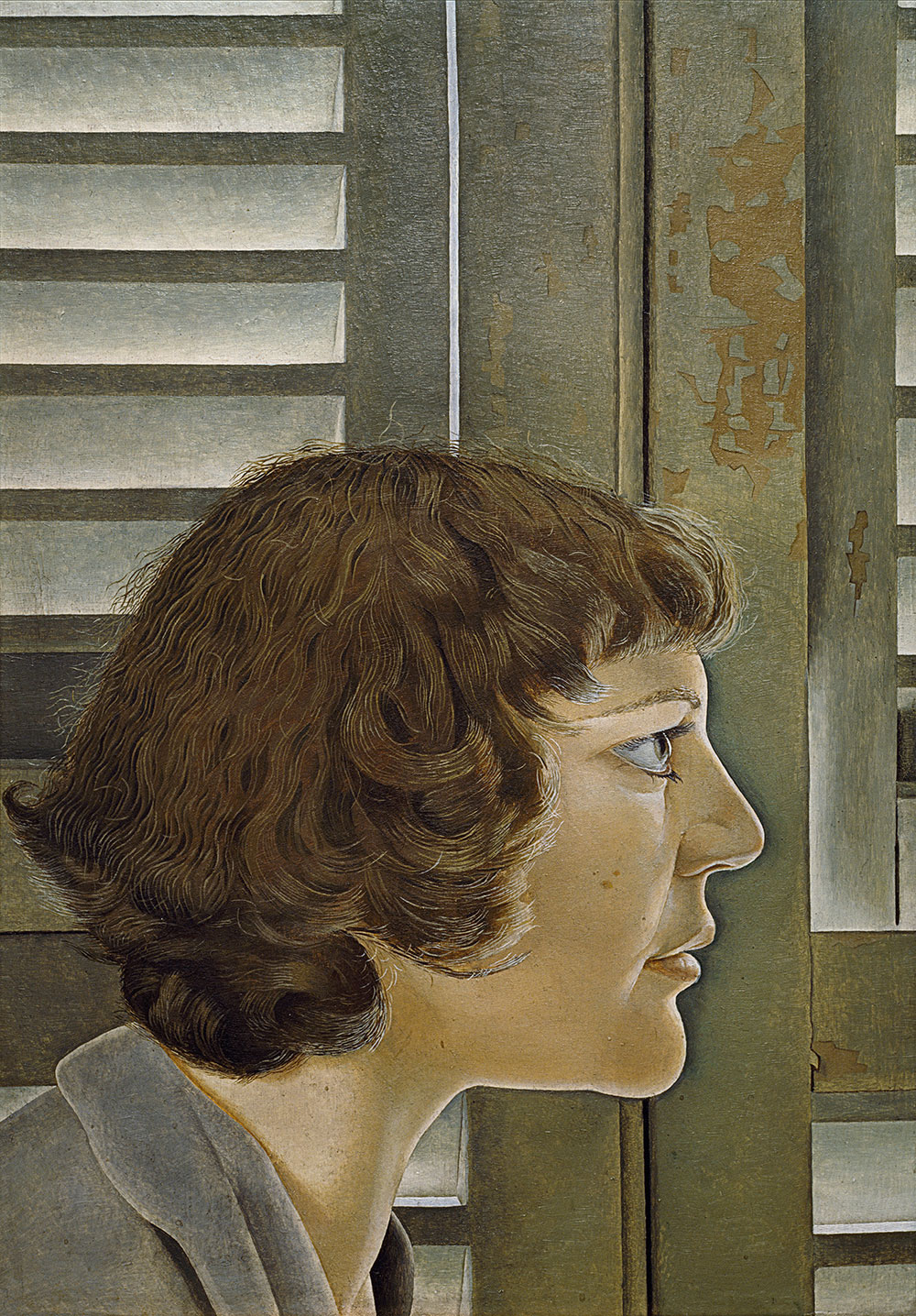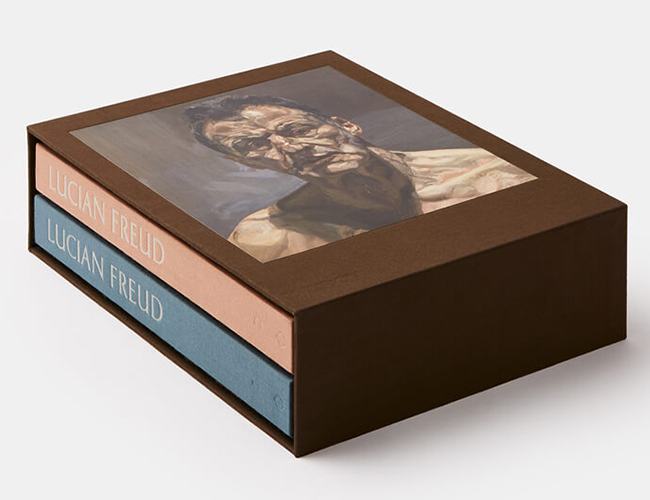
Lucian Freud Slices of Life - The Early Years
The artist mixed with rogues and royals in his early London life and kept in touch with both during his gambling days
The British painter Lucian Freud left the Merchant Navy in 1942 at the age of 19, and settled back on dry land, in England. He was already familiar with the country, having first arrived as a German-Jewish refugee in 1933. His grandfather, Sigmund Freud, joined him in the capital five years later, and Lucian had enjoyed Sigmund’s company up until the great psychoanalyst’s death in September 1939.
By the early 1940s, Lucian was already making a name for himself in a very different sphere, even if he wasn’t making a great deal of money from his canvases. For a brief period Freud worked in a flat above his parent’s place in North London, and at the Cedric Morris art school in Suffolk, eastern England; then he moved to the well-to-do neighbourhood of St. Johns Wood in north-west London, with friend and fellow artist, John Craxton.
However, “at the beginning of 1944, Freud left Abercorn Place for a studio in Delamere Terrace,” writes Martin Gayford in our new book, “thus escaping the bourgeois ambience of St. John’s Wood and his parents for the Dickensian depths of Paddington.”
Many from upper middle-class backgrounds such as Freud’s might have tried to avoid living in this working class district of central London. But Freud delighted in the opportunity to mix with people from very different backgrounds, including a number of career criminals - some of whom were very unpleasant.
“Quite a few of my friends and neighbours were criminals,” Freud told art historian, sitter and co-author of our new two-volume Freud book, Martin Gayford.
Ted, for example, was ‘a very clever bank robber’ who had suffered heavy scarring from someone wielding a razor embedded in a potato for ease of handling,” says Gayford. “Yet when Freud came to paint Ted, an inhabitant of a fierce, criminal world, it was as part of this delicate study in paternal affection.”
Though Lucian moved out of the area in 1971, he remained on good terms with many in London’s underworld.
“Once, when I was involved in a quarrel with someone, he asked me if I needed any help from his ‘friends in Paddington’,” wrote the British newspaper editor Geordie Greig in his 2013 book on Freud. “Fully aware that this was no joke, I declined.
“I knew, for instance that, in the late Eighties, Lucian had tried to dissuade a writer from doing a biography of him by sending round East End gangsters to threaten him,” Greig goes on. “The book was never written.
As a master of portraiture Freud may have stayed on good terms with criminals in part to enable him to view at close quarters a particular streak of humanity, even if this proximity led to him occasionally assist with their schemes.
“They would give me a suitcase and say ‘look after this, Lu,’” he told Martin Gayford in 2003. “I’d look inside and it’d be full of money.”
The criminal fraternity also enabled Freud to indulge one of the big passions of his early days: gambling. The Kray Twins, possibly the UK’s most famous gangsters, and the subject of two major films, advanced Freud gambling credit, according to Greig, and threatened to seriously injure the artist - spelling out what they would do to him in the most graphic way imaginable - if he reneged on the debt.
Even so, Freud apparently differentiated between the twins, regarding Ronnie (who ended his days in the Broadmoor Psychiatric hospital) as likeable, while viewing Reggie as little more than a thug.
“I liked Ronnie, not Reggie,” Freud told Gayford. “I thought he was just a thug. But I thought Ronnie said interesting things, although he was, as everybody knows, a sadistic murderer.”
Some might reflect on the fact that the Krays were not perhaps the sbsolute wildest of Freud’s gambling associates. One night in the 1970s he lost £20,000 at Aspinall’s Casino in Mayfair, and in lieu of the debt, Freud offered to paint a baby gorilla the casino owner John Aspinall kept at his wildlife sanctuary in Kent.
Greig recalls how Aspinall’s mother-in-law Dorothy Hastings delivered the animal to Freud’s studio in a taxi, and had to suffer the ape ripping her dress and defecating while in transit. “My daughter Jane is on the cover of Tatler and here I am in the back of a cab with a wild animal out of control,” she exclaimed. It’s probably not the first time high society met with some rather base urges, thanks to this great painter.
